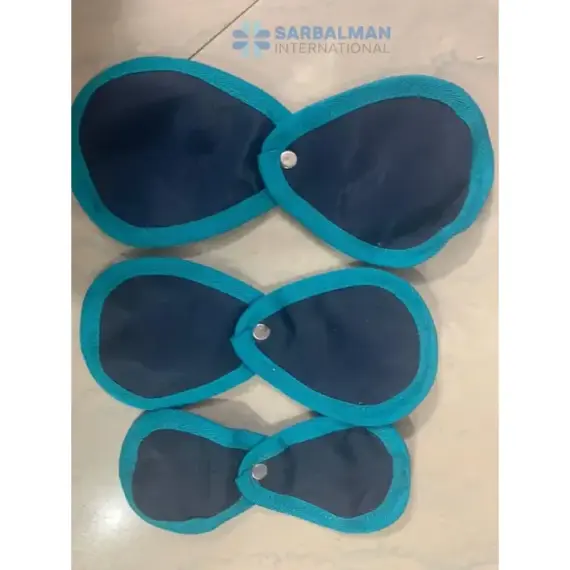Ovarian Shield
Free!
The Ovarian Shield is a contoured protective device for X-ray exams that helps reduce scatter radiation to the ovaries and pelvic region. It positions quickly, secures with an adjustable closure, and comes in attenuation levels commonly used in diagnostic imaging. Choose it to support patient dose reduction policies, improve comfort and confidence, and maintain clear images when used with proper positioning protocols.
Description
An Ovarian Shield is a patient-protection accessory used during X-ray imaging to reduce scatter radiation to the ovaries and surrounding pelvic region. It is shaped to cover the lateral pelvis while allowing the technologist to capture the diagnostic field of view. The shield typically fastens with an adjustable strap or belt and can be positioned quickly on adults and children.
Key features and benefits:
• Targeted pelvic coverage to lower dose to radiosensitive tissue.
• Commonly available in 0.25–0.50 mm lead equivalence for effective attenuation across standard diagnostic kVp ranges.
• Contoured panels that conform to anatomy and reduce edge gaps.
• Adjustable closures and size options for adult and pediatric patients.
• Durable, wipe-clean outer fabric to support infection control routines.
• Clear size and orientation markings to speed correct placement.
Common uses and applications:
• Pelvic and lower abdominal radiography where shielding is indicated by protocol.
• Reproductive-age patients who request added protection.
• Pediatric imaging programs that adopt case-by-case shielding practices.
How it compares:
• Versus general lap shields, an ovarian design offers more precise lateral pelvic coverage with less image cut-off risk when positioned correctly.
• Versus aprons, it protects the target area while keeping the rest of the field unobstructed.
Quality and compliance notes:
• Select lead equivalence according to local policy, balancing attenuation and weight.
• Use under a documented positioning protocol to avoid obscuring anatomy or repeating exposures.
• Many facilities reference protective apparel performance requirements such as those found in standards for diagnostic X-ray protective devices.
• Clinical guidance on gonadal shielding practices continues to evolve; follow current regulations, radiologist direction, and patient consent procedures.
Practical tips:
• Verify fit before exposure and recheck after patient movement.
• Keep a range of sizes ready, including pediatric.
• Inspect regularly for cracks or delamination and retire damaged items.





